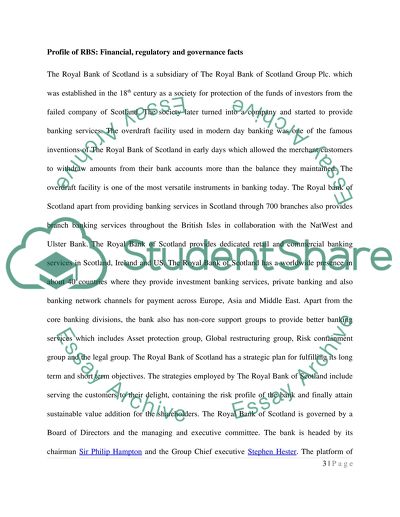Cite this document
(“Corporate Governance and Regulation - A Case Study (RBS) Essay”, n.d.)
Retrieved from https://studentshare.org/finance-accounting/1404034-corporate-governance-and-regulation-a-case-study-rbs
Retrieved from https://studentshare.org/finance-accounting/1404034-corporate-governance-and-regulation-a-case-study-rbs
(Corporate Governance and Regulation - A Case Study (RBS) Essay)
https://studentshare.org/finance-accounting/1404034-corporate-governance-and-regulation-a-case-study-rbs.
https://studentshare.org/finance-accounting/1404034-corporate-governance-and-regulation-a-case-study-rbs.
“Corporate Governance and Regulation - A Case Study (RBS) Essay”, n.d. https://studentshare.org/finance-accounting/1404034-corporate-governance-and-regulation-a-case-study-rbs.


